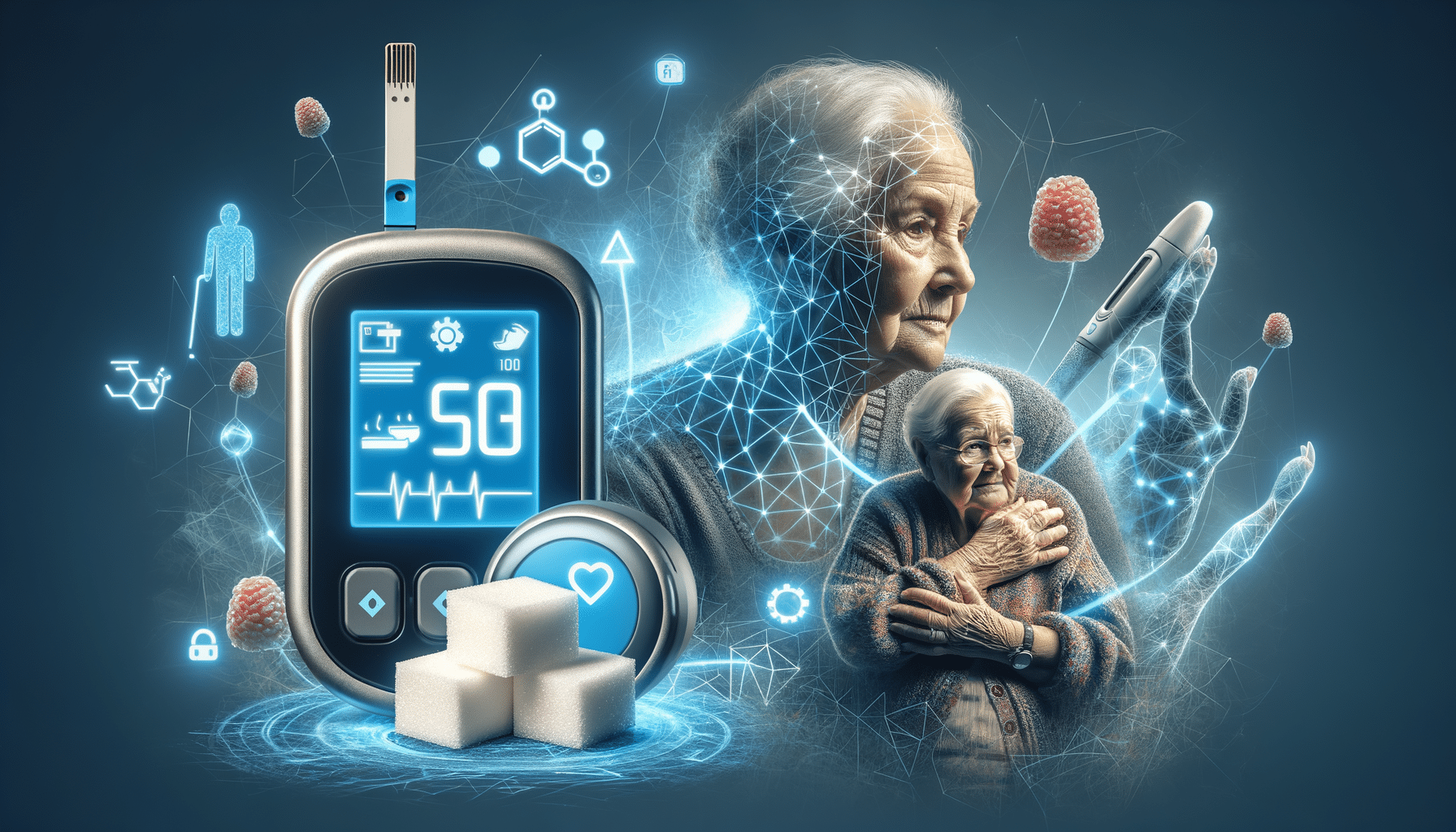
Caring for Seniors with Reliable Glucose Monitoring
Introduction to Glucose Monitoring
As people age, maintaining stable blood sugar levels becomes increasingly important. Consistent glucose monitoring plays a vital role in managing diabetes, a condition prevalent among seniors. By keeping track of glucose levels, seniors can make informed decisions about their diet, exercise, and medication, ultimately improving their quality of life. Understanding glucose monitoring is essential for both seniors and their caregivers, as it helps prevent complications associated with diabetes, such as heart disease and nerve damage.
Glucose monitoring involves regularly checking the concentration of glucose in the blood. This process provides valuable insights into how the body processes sugar, allowing for timely interventions if levels become too high or too low. With advancements in technology, glucose monitoring has become more accessible and user-friendly, making it easier for seniors to manage their health independently or with minimal assistance.
Understanding Glucose Monitoring Devices
Glucose monitoring devices have evolved significantly over the years, offering a range of options to suit different needs and preferences. These devices are designed to provide accurate and timely readings, enabling users to manage their blood sugar levels effectively. The two main types of glucose monitoring devices are traditional blood glucose meters and continuous glucose monitors (CGMs).
Traditional blood glucose meters require a small blood sample, usually obtained via a finger prick, to measure glucose levels. They are portable and relatively easy to use, making them a popular choice among seniors. Continuous glucose monitors, on the other hand, offer a more advanced solution by providing real-time glucose readings throughout the day. These devices use a sensor placed under the skin to measure glucose levels in interstitial fluid, offering a comprehensive view of glucose trends and patterns.
Both types of devices have their advantages. Blood glucose meters are cost-effective and straightforward, while CGMs offer the benefit of continuous data and reduced need for finger pricks. When choosing a device, it’s important to consider factors such as ease of use, cost, and personal health needs.
The Role of Glucose Monitoring Programs
Glucose monitoring programs are essential for seniors, as they provide structured guidance and support in managing diabetes. These programs often include personalized plans that incorporate diet, exercise, and medication management, tailored to an individual’s specific health requirements. By participating in a glucose monitoring program, seniors can benefit from regular check-ins with healthcare professionals, who can provide valuable advice and adjustments to their management plans.
These programs also offer educational resources, helping seniors and their caregivers understand the importance of maintaining stable blood sugar levels and the impact of lifestyle choices on glucose control. Additionally, glucose monitoring programs can facilitate access to the latest technology and devices, ensuring that seniors have the tools they need to monitor their health effectively.
In summary, glucose monitoring programs play a crucial role in empowering seniors to take charge of their health, providing them with the knowledge and resources needed to manage their diabetes confidently.
Benefits of Reliable Glucose Monitoring for Seniors
Reliable glucose monitoring offers numerous benefits for seniors, enhancing their overall well-being and quality of life. One of the primary advantages is the ability to detect and address blood sugar fluctuations promptly, reducing the risk of complications such as hypoglycemia and hyperglycemia. This proactive approach helps seniors maintain stable glucose levels, minimizing the likelihood of severe health issues.
Moreover, consistent glucose monitoring enables seniors to make informed lifestyle choices. By understanding how different foods, activities, and medications affect their blood sugar levels, seniors can adjust their routines to optimize their health. This empowerment leads to increased independence, allowing seniors to manage their diabetes with confidence and ease.
Additionally, reliable glucose monitoring provides peace of mind for both seniors and their families. Knowing that their loved ones are actively managing their health can alleviate concerns and foster a sense of security. This reassurance is particularly valuable for families who may not be able to provide direct supervision or support on a daily basis.
Conclusion
In conclusion, caring for seniors with reliable glucose monitoring is an essential aspect of managing diabetes and ensuring their overall well-being. By understanding the importance of glucose monitoring, utilizing appropriate devices, and participating in structured programs, seniors can effectively control their blood sugar levels and lead healthier, more fulfilling lives. The benefits of consistent glucose monitoring extend beyond health, offering peace of mind and empowerment for both seniors and their families.
As technology continues to advance, the tools and resources available for glucose monitoring will only improve, making it easier for seniors to manage their diabetes and maintain their independence. By staying informed and proactive, seniors can navigate the challenges of diabetes with confidence and optimism.


